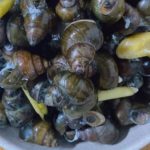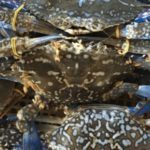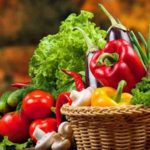1 Over-Soaking Dried Wood Ear Mushrooms
– Dried wood ear mushrooms should be soaked until soft before cooking, but avoid over-soaking as it can lead to deterioration and increase the risk of food poisoning.
– Prolonged soaking can cause the protein in the mushrooms to hydrolyze, similar to how fresh meat left out too long can spoil and rot, allowing bacteria to enter and infect the mushrooms.
– For optimal health benefits, it is recommended to soak wood ear mushrooms in cold water for 15-20 minutes.
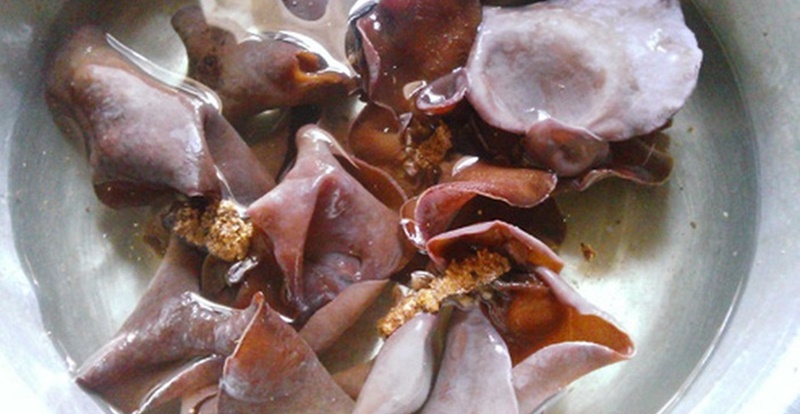
2 Soaking Wood Ear Mushrooms in Hot Water
– While hot water can soften the mushrooms quickly, it does not allow sufficient time for the remaining Morpholine (a toxic substance found in mushrooms) to escape and dissolve in the water.
– Additionally, soaking wood ear mushrooms in very hot water causes them to expand rapidly but absorb less water, resulting in a smaller yield. The mushrooms also tend to become sticky and mushy, affecting the taste and appearance of the dish.
– Therefore, it is best to avoid hot water and opt for warm or cold water instead.
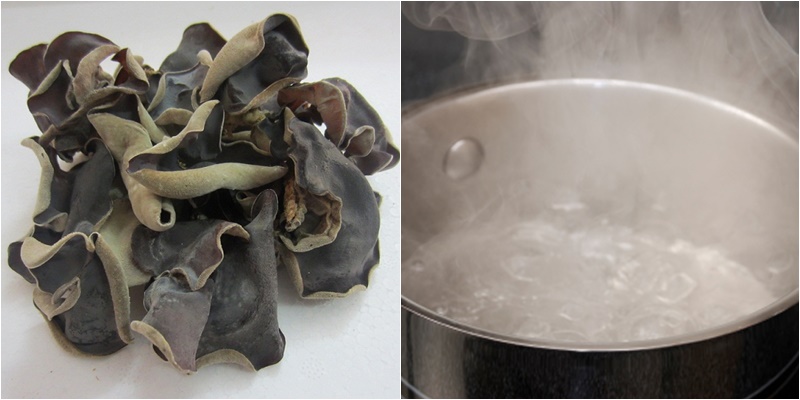
3 Not Cleaning the Mushrooms Properly
– After soaking, it is crucial to thoroughly clean the mushrooms to ensure a better taste and food safety.
– You can rinse them under a strong stream of water, scrub them gently, or use 2 tablespoons of flour in warm water. Mix and gently rub the mushrooms to remove any dirt or debris lodged in the crevices.
– For areas that remain dirty, it is best to cut them off instead of trying to clean them further. This ensures a more pleasant dining experience and maintains your health.

4 Under-Cooking the Mushrooms
– After preparation, it is essential to cook the mushrooms thoroughly. Wait until they are fully cooked before serving. Avoid serving partially cooked mushrooms to ensure safety, enhance flavor, and improve nutritional value.
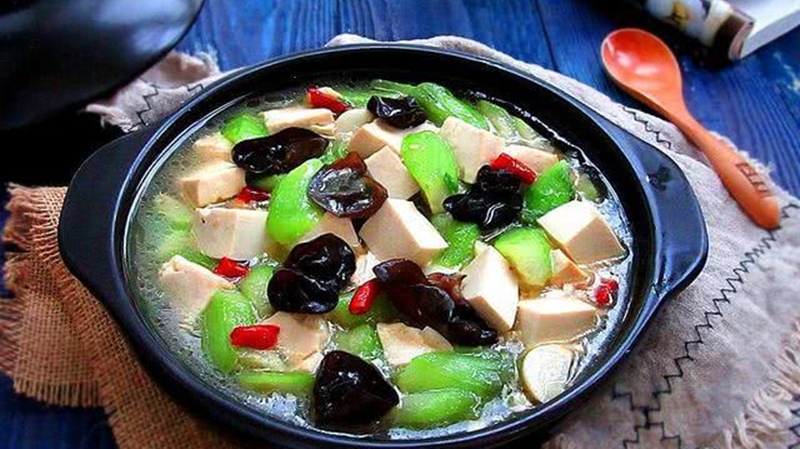
We hope that this article has provided you with valuable insights on how to better prepare and consume wood ear mushrooms. If you have any questions or concerns regarding their preparation or usage, feel free to leave a comment below, and we will get back to you shortly.
For further reading:
References: giadinh.net.vn, phunutoday.vn
Strategies for Quickly and Efficiently Utilizing Leftover Food After Tet
With Tet now behind us, housewives everywhere are facing the challenge of what to do with leftover food. It’s a difficult decision – throwing it away is a waste, yet keeping it can lead to eating the same dishes day after day. But don’t fret – it’s time to take a trip to the kitchen and get creative with all of that leftover food!

























